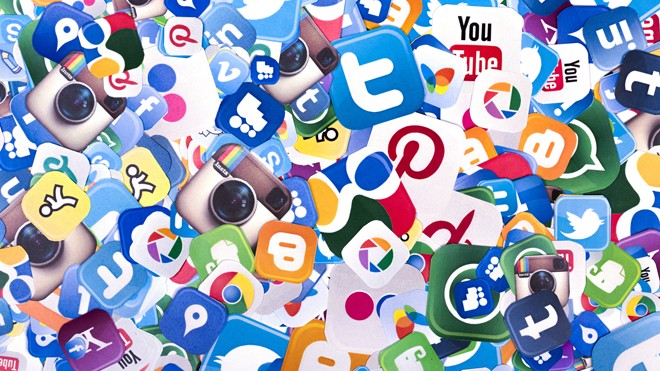
There is potential for both great good and terrible evil

A few years ago, I attended a Google conference in Islamabad at the Pakistan National Council of Arts. Many well-meaning white people (are there any other sort?) came and expressed great optimism regarding Pakistan’s rapidly expanding telecommunication networks, and the force of positive change that social media could potentially be in a country like this. They cited Tahrir Square as an example.
Of course, they can be forgiven for not knowing how Tahrir Square would end up, back then.
Social media has proved as frustratingly ambivalent as any clever human invention, like with nuclear fusion, rocket science and glazed doughnuts, there is potential for both great good and terrible evil. Qandeel Baloch found fame and fortune through social media but also received the ugly brunt of its not so latent misogyny, a maliciously spread notoriety that contributed to her eventual murder.
Harassment of women online is depressingly nonchalant and all too frequent. Stolen pictures, nasty memes, unwanted messages, friendship requests, body shaming, vilifying and outright threats to personal safety. All of this is a social media normal.
Mix it with politics and the environment becomes even more toxic. Leftist women get to have the worst of both worlds. Trolling inevitably invades political discussions. There is an army of trolls supporting political parties and the security establishment ready to pounce on anyone who disagrees with their position, with much ferocity and little consideration of the human being behind a profile.
It’s not just endless torrents of abuse though, even if it seems that way at times. Social media is a terrific platform to exchange ideas and information. In an age where information comes in a dizzying array of data packets, social media’s sharing and micro-blogging format helps me keep informed, read more while sifting through less. There are some great minds engaging in great discourse on social media from whom there is a lot to learn.
Read also: And what about me?
Stories not picked up by mainstream media houses also find an outlet on social media. Baloch missing persons, Hazara persecution, the plight of Okara’s farmers, what’s on the mainstream fringe can find more purchase here. That’s a good thing. There’s a reason social media is heralded as a bastion of an otherwise diminishing liberal space in Pakistan which, before its advent, was largely confined to suburban drawing rooms.
But the far right also gets the same playing field. Some people are a significant nuisance online, not just with the quality of nonsense they spout but the sheer quantity of it. They have thousands of followers, that’s thousands of brains lost in a single generation.
Proscribed organisations and extremist groups, too, have social media presence. There are countless profiles calling for jihad in Kashmir and the destruction of Israel. There was a huge amount of Twitter pictures and Facebook pages, showing Mumtaz Qadri adorned with flowers, replete with ‘inspiring’ messages.
Read also: Why Iqbal cannot compete with Atif Aslam…
Content wise, you’re likely to find more sectarian hatred than people who genuinely warm the cockles of the heart, like Tahir Shah. Still, I wouldn’t give up on a man dressed in a gown, holding a wand and singing about angels over a little hate speech. Life is all about these tough choices. The trade off isn’t that bad. I even know people who have gotten married off social media, Twitter specifically, if anyone’s interested.
Generally, even if I’m in the minority, there is a sense of empowerment in sharing content that agrees with my ideological principles. Sharing makes it a more active, engaging process than simply passively consuming something by reading it and moving on.
The debates generated can be variegated, interesting. Just as the debates generated from viral content can be divisive. Like the chai wala from Islamabad and the woman reporter who was slapped by an FC guard in Karachi. One generated good debate on class and ethnic exoticism and resulted in a television appearance for Arshad Khan, the person in question. The other brought out that unbidden misogyny again, which claimed that such a bad mannered and uncouth woman deserved nothing but a slap.
I’ve experienced the manic-depressive highs and lows of social media for myself. I’ve made lifelong friendships off Twitter, some of them from across the border, and gotten the chance to write for Indian publications. Something that’s always been well-received at home, what with messages of questionable grammar calling me a traitor, asking me to move to Mumbai and start worshipping cows.
One thing I can say of social media unequivocally; it really tells you what certain groups of people in this country are thinking, through that veil of obligatory social courtesies that might hold them back in real life. Their words spew out, unfiltered, like a gushing geyser and if, at times, it tastes like a hot stew of racism, sexism, fundamentalism and good old fashioned bigotry, then that’s exactly the kind of society we live in.
There’s a certain, I can’t exactly say refreshing but, brutal honesty to it all, which is why the state wants to police it, for better or for worse.